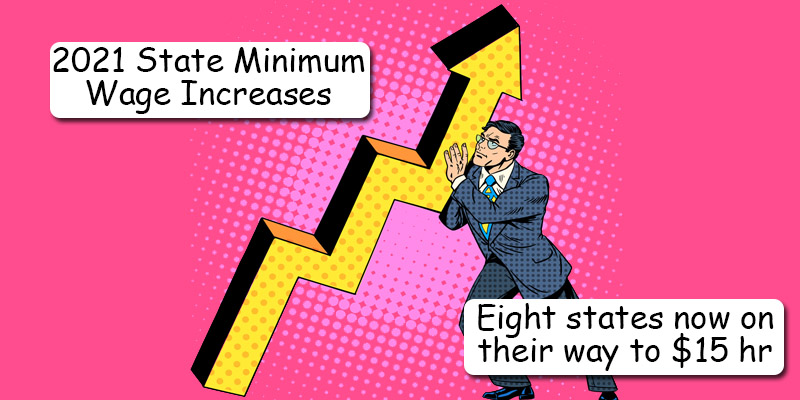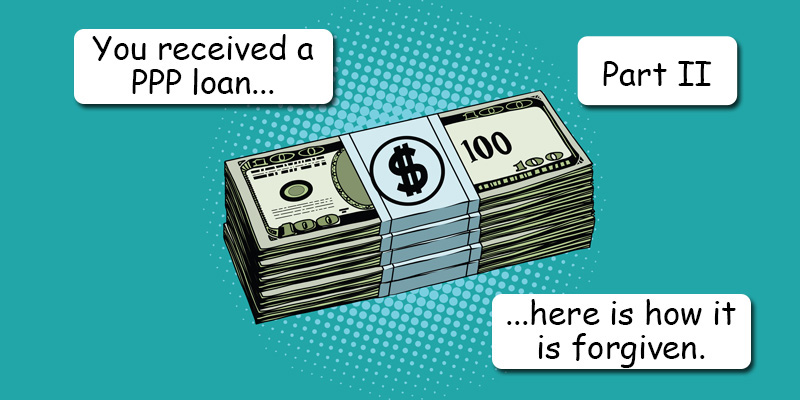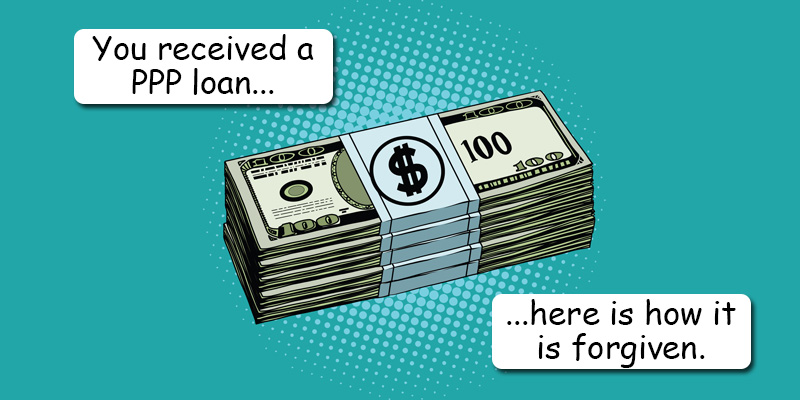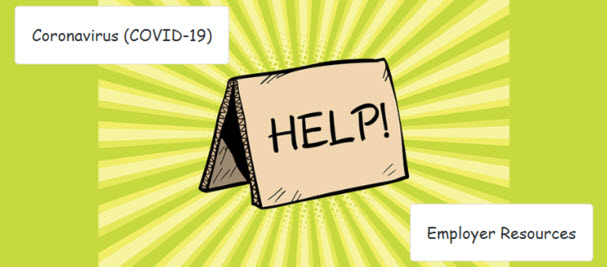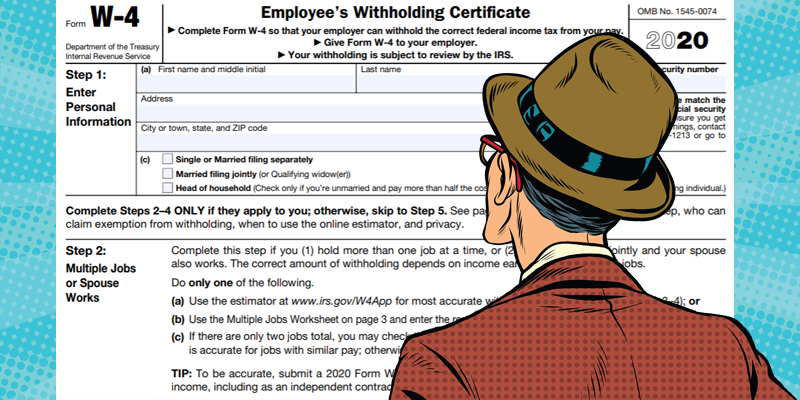The Families First Coronavirus Response Act (FFCRA) was the first COVID-19 Act passed by Congress on March 18, 2020. Back then, the belief was that COVID-19 would be a short-lived inconvenience where an employee may need to take a couple weeks off from work, and this Act was to allow them that benefit without cost to the employer. Here we are, a year later, still feeling the effects. The Consolidated Appropriations Act (CAA) 2021, passed on December 27, 2020, extended this federal paid leave until March 31, 2021, and we now find further extension and expansion in the recently-passed American…
Posts published in “Employee Management”
While the Federal minimum wage remains at $7.25 per hour, many states and cities/locals have set increases effective January 1st, 2021 with a few announcing a change during 2021. With the addition of Florida, there are now 8 states on their way, or at $15.00 per hour. A list of each state/local, along with the new hourly rate is listed below; All rates are effective January 1st, 2021 unless otherwise noted. Alaska: $10.34 Arizona: $12.15 ($9.15 for tipped employees-$3 less than minimum wage) Arkansas: $11.00 (tipped minimum wage will remain at $2.63) California: $14.00 for businesses with 26 or more…
Do you know the laws on providing time off for your employees to vote? As we approach a major national election, you should review your policy to make sure you are in compliance with the law, as there can be civil and criminal penalties for violations. There is not a federal law on the books, so any time-off policy falls in the hands of the state in which the employee votes. Some states designate an amount of time while others will require paid time off, and just about all prevent you from firing or disciplining an employee for taking time…
The Small Business Administration (SBA) has released the Loan Forgiveness Application, which has provided answers to many previously-vague conditions of forgiveness. One problem is that for many, these instructions come towards the end of their eight-week loan proceeds spending and may be too late. I saw one article state that the loan application failed to provide instructions as to how to build a time machine to go back in time to correct what might have already been done. We may see a spike in Delorean resales! Rather than repeat what I have provided in the first article https://blog.paymaster.com/sba-paycheck-protection-program-ppp-loan-forgiveness/ , I…
The Paycheck Protection Program (PPP) of the CARES Act authorizes up to $349 billion in loans to small businesses to pay their employees and other expenses during the COVID-19 crisis. The loan amounts will be forgiven under Section 1106 of the Act as long as certain conditions are met, and knowing those conditions at the start of the loan process is crucial, because if you wait until the end of the process, it will be too late. There are four areas of concern to receive 100% forgiveness. 1. Let’s start with what the proceeds can be used for. Over the…
With the passage of the Families First Coronavirus Response Act, two new refundable payroll tax credits are available to employers with fewer than 500 employees. These refundable credits are designed to fully reimburse them, dollar-for-dollar, for the cost of providing Coronavirus-related leave to their employees. The Act allows two paid leaves for the employee’s own health needs or the care of family members. This will enable employers to keep their employees on payroll and ensure that employees are not forced to choose between their paycheck and the public wellbeing. Emergency Paid Sick Leave Companies with fewer than 500 employees,…
The 2020 Form W-4, Employee’s Withholding Certificate, is very different from previous versions. This is due to the federal tax law changes that took place in 2018 from the 2017 Tax Cuts and Jobs Act. Check out my prior article with a bit of history and nostalgia of a 30 year old form. https://blog.paymaster.com/here-it-comes-2020-w4-form/ The most significant change is that there is no longer the use of withholding allowances, and the form asks the employee to basically prepare an estimated tax return. Some of the information requested may even be considered intrusive, including income from other sources, spouse income, itemized…
There are many times when an employee may need to travel for business-related purposes. The latter span can include something brief, like a trip to the bank, or a cross-country flight for a business conference and depending upon the circumstances, it can be compensable time. I think the best way to tackle this is to take a look at examples as to what is and what is not: What is NOT compensable Home to work/Work to home (aka commuting) – An employee who travels from home before the regular workday and returns to his/her home at the end of the…
Ever since the 2015 Obergefell v. Hodges case in which the Supreme Court of the United States ruled that the fundamental right to marry is guaranteed to same-sex couples by both the Due Process Clause and the Equal Protection Clause of the Fourteenth Amendment to the United States Constitution, it has been shown that the number of employers offering domestic partner benefits has significantly decreased. A year before the ruling (2014), a survey reflected that 59% provided benefits to same-sex domestic partners and just one year later (2016), 48% are providing benefits with that number decreasing each year. The reason…
According to a 2017 study by CareerBuilder, they determined that 78% of US workers live paycheck-to-paycheck and 75% of workers were in debt. With those statistics, many employers find it common to be approached by an employee for a loan or advance. While it may be seen as a way to improve employee morale, productivity, and employee loyalty, there are many other factors to take into consideration to avoid a detrimental impact. In this article, I will cover some of the little known aspects of employee loans and advances. First off is whether or not the loan is going to…


